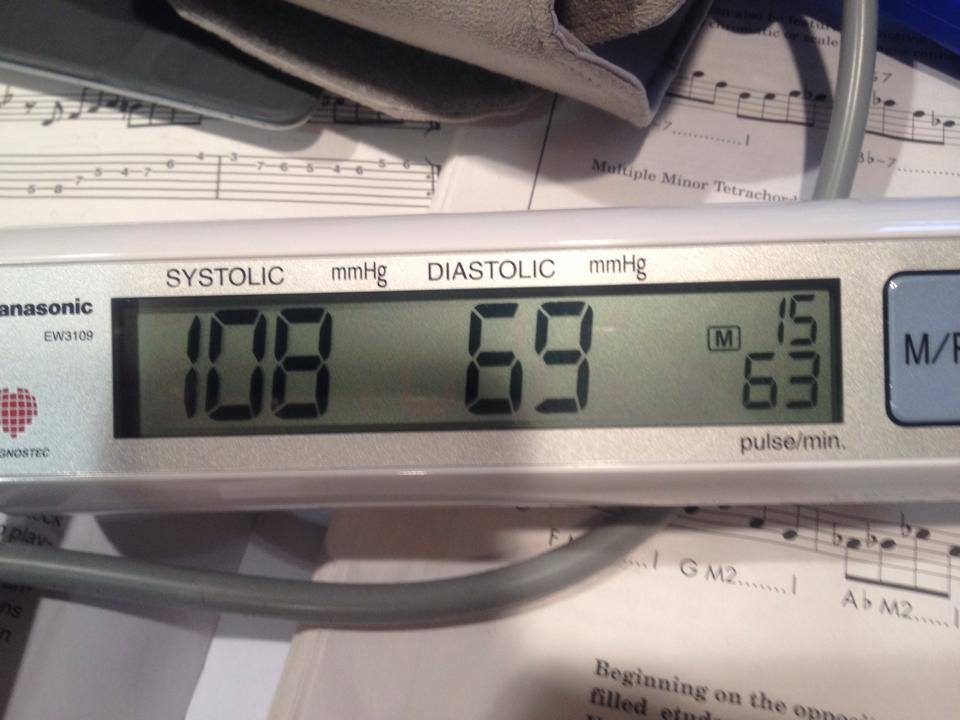Category Archives for Discussion
Making Lasting Dietary Change
Humans are hardwired to avoid pain and seek pleasure in the present moment. So most of the time we choose instant pleasure (unhealthy food) over future pain (heart disease, cancer, diabetes, etc). It’s hard to initiate a ‘fight or flight’ response to something 30 years in the future.
The way to deal with this before you experience actual physical pain is two-fold:
1. Associate pain with your present unhealthy eating habits. Learn what food does to your arteries, imagine having a heart attack or getting a scary disease. Really feel what this would be like. Go to the cardiac ward of a hospital. Watch videos of the animal abuse and death involved in the meat and dairy industries (if you already haven’t – no need to keep re-traumatizing yourself). Learn about the environmental impacts of meat and dairy.
2. Associate pleasure with your new eating habits. By going 100% plant-based your taste buds will adjust instead of always being tempted by the unhealthy foods. Develop a taste for healthy foods and you will experience pleasure eating these new foods. You will get ‘cravings’ for potatoes or the sweet juiciness of a grapefruit, or a spicy curry or a hot salsa.
People don’t make the required changes because they experience more pleasure with their current eating habits than pain. Even being overweight and having health issues can be dealt with by medication. And being uncomfortable in clothes is not enough pain for many people to make changes to their habits.
Also, you may need to revisit these associations over time because they can weaken. For example there is such a disconnect between food and animals that buying certain fast foods can seem harmless enough if you don’t think about it too much. There are often no visual cues that you are eating an animal. Keeping strong associations with the health and animal issues can help keep you on track especially during the maintenance phase (after you’ve lost the fat).
This is a great video by Tony Robbins that explains the pain and pleasure principle.
How to Lower Your Blood Pressure With Food

I’ve had amazing results switching to a starch-based diet. Watch this video below and for the science please see this link by Dr. McDougall and blood pressure.
Maximum Weight Loss on a Starch-Based Diet
Some helpful tips for maximum weight loss via a starch-based diet from questions I get and observations.
Should We Blindly Accept New Health Claims?
When we see an article or video touting the benefit of being vegan we can often blindly accept it without doing any critical thinking. To summarize what I’m about to say, the devil is in details. Be a skeptic!
Dr. Greger recently did a video on how couch-potato vegans have better arteries than marathon runners. So then Jeff Nelson points out that in the study the vegans were ‘raw’, low saturated fat and low protein while the long distance runners ate the unhealthy SAD. Many vegans don’t eat this healthy but luckily we do if we follow McDougall, Esselstyn and others.
So I click on the study Jeff referenced and discover that Jeff fails to mention that the vegans were eating a high fat diet at 42.8% (+/-) thanks to the nuts, seeds and even olive oil! The study was referring to cancer risk. Jeff mentioned to me on Twitter that the low saturated fat may account for some of the benefits even though the diet had a higher fat content. So this would mean that people could eat much higher mono/polyunsaturated fat than Dr. McDougall and Dr. Esselstyn are advising (amongst others). I find these fats from nuts to be too addictive which would probably lead to weight gain for me.
These are doctors and registered dieticians leaving out vital information, so be sure to question everything and dig a little deeper.
How Many Calories Should I Eat?
I get this question a lot since it’s so ingrained in our psyche. While overall calories are important, the key item to focus on is the calorie density of the food you are eating. Stick to lower caloric density foods and eat until you are full and you will lose weight. So if you stuck below 500 cal/lb you could probably eat 4-5 pounds of food a day, depending on your activity level.
Here are the average calories per pound for various foods:
Fresh Veggies are around 100 cal/lb
Fresh Fruits around 250-300 cal/lb
Starchy Veggies/Intact Whole Grains around 450-500 cal/lb
Legumes around 550-600 cal/lb
Processed Grains (even if their Whole grain) around 1200-1500 cal/lb
Nuts/Seeds around 2800 cal/lb
Oils around 4000 cal/lb
Avoid oil no matter what but if you’re trying to lose weight, also avoid/limit nuts/seeds and processed grains at least until you reach your desired body fat level. I haven’t stuck to this 100% but I try hard to mostly eat starches, fresh veggies and fruit. So more oats, potatoes, spinach, bananas and other fruits/veggies – less on the breads, pastas, and minimize nuts/seeds and avoid oils. If you are active and/or don’t need to lose more fat than adjust as necessary with more of the higher density foods. If you’re not a long distance runner/cyclist then don’t eat like one! 🙂
Get a body fat monitor or use calipers to measure progress, not just the scale. Here’s an article on how the body uses fat. Fat has a low oxidative value (for energy), and is easily stored. Our body will store the fat we eat over using it for energy. These are all clues that we should eat less fat so that we don’t store it.
You can calculate your rough calorie needs using an online calorie calculator. This is based on your basal metabolic rate and activity level. This site also shows you how much to adjust your calories to lose weight. Or you can enter your desired weight into the calculator and use the calories per day for that body weight. I’ve never tracked calories and don’t advise that people do it, but some insist they need to closely track it in order to be successful.
Jeff talks about caloric density here:
Do NOT Feel Guilty About Eating Cooked Starches
A lot of people are moving from a raw food diet, fruitarian, 80/10/10 diet to a ‘raw till 4’ diet, cooked or starch-based diet, for various reasons. Maybe they can’t get enough fruit, it’s too expensive, the quality of fruit is bad, they had bad experiences (hunger, bloating, weight gain, etc). I think fruit is awesome but the idea that it is the best and starches should play second fiddle (or that cooked food is poison) is simply wrong. I don’t want anyone to feel ashamed of eating starches!
I don’t want fruitarians and starchivores to get into a war (we have bigger ‘fish to fry’) but starch-eaters need to stand up for themselves and be proud of what they eat and those who ate starch before us!
Humans developed more amylase in their mouths which is believed to have allowed them to eat starches and caused us to develop larger brains. Here’s another reference. People like to imagine us walking around in nature similar to apes and how we should eat all fruit like them since that is ‘natural’ and easiest to digest.
Kenyans who win all sorts of Olympic long distance running events eat a food call Ugali, a paste made from cornmeal served with vegetables.
“The Incas of South America centered their diet on potatoes. The Incan warriors switched to quinoa for strength prior to battle.” This is from Dr. McDougall’s The Starch Solution, my favourite book.
“The story is the same the world over. Whether rice in Asia, potatoes in South America, corn in Central America, wheat in Europe, or beans, millet, sweet potatoes, and barley around the globe, starch has been at the center of food and nutrition throughout human history.” ~The Starch Solution
Okinawans are among the longest living people in the world. Their diet is plant-based and their staple was the sweet potatoes.
“The Mayans and Aztecs of Central America were known as “the people of the corn.” The Egyptians’ starch of choice was wheat. Throughout civilization and around the world, six foods have provided our primary fuel: barley, maize (corn), millet, potatoes, rice, and wheat.” ~The Starch Solution
The roman soldier diet consisted of grains.
So the point is not to bash fruit but to be proud of eating starches, it has an amazing and ‘Potato Strong’ history!
